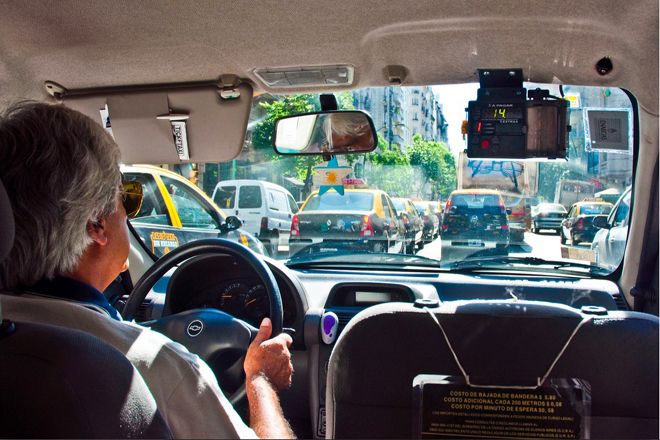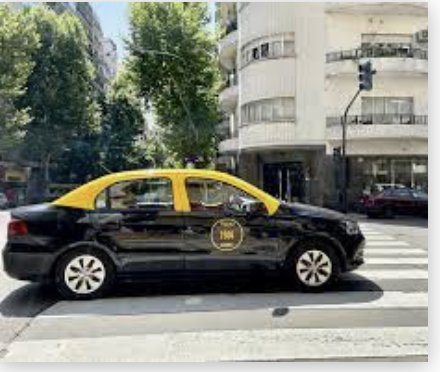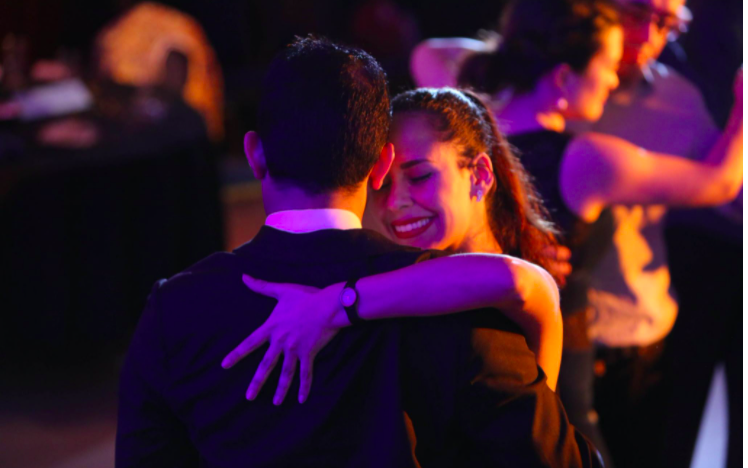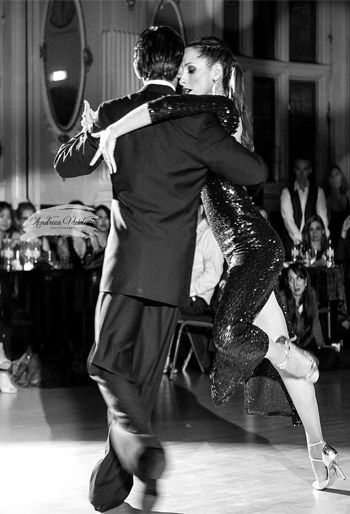“Buenos Dias” I call out as I climb into the back of the black and yellow taxi cab, escaping the merciless Buenos Aires sun.
I tell the driver my destination and wait for the inevitable “De donde sos?” – ‘Where are you from?”. I have been speaking Spanish every day for the last 12 years but Iʼve never been able to hide my accent. Disappointingly, Iʼm usually caught out with just two words!
But this time, the taxi driver seems more interested in talking about the weather: “Que se nuble! Que se nuble!” (“Let it cloud over! Let it cloud over!”) he groans. I smile as I think of my envious friends and family back home in cold, wintry London and say: “Now thatʼs something you donʼt hear too often in my country!”
From then on, I pretty much know which way our conversation is headed. Iʼve had the same such conversation in almost ever taxi journey Iʼve ever had in Buenos Aires. And believe me, thatʼs a lot of journeys!
The script usually runs along the following lines:
Taxi Driver: So where are you from?
Me: England. London
Taxi Driver: What are you doing here?
Me: Just on holiday. My husbandʼs Argentinian.
Taxi Driver: How did you meet?
Me: I used to live here and we met then.
Taxi Driver: What were you doing here?
Me: Iʼm a tango dancer and I came to study tango.
Taxi Driver: [Incredulous] An English girl dancing tango! Why would an English girl want to learn tango?!

It might seem strange to you that this should be the typical reaction in Buenos Aires. Yet, most Argentinians find it difficult to believe that around the world people in their thousands are taking up their dance. Especially when the reality is that the vast majority of Argentinians have never danced a single tango step!
Contrary to popular belief outside of Argentina, it is simply not the case that most Argentinians dance tango. Yes, there is a wonderful, thriving tango scene in Buenos Aires – bigger than anywhere else in the world – but those that dance are a tiny minority of the population. To many Argentinians, tango is something that was danced by their parents or grandparents. Tango fell out of fashion around the same time as couple dancing also went out in Europe and the USA at the end of the 1950ʼs.
And so it comes as a surprise to them to hear that tango is back! Itʼs not just alive but thriving, in Argentina … and around the world!
Yet still they are resistant to the idea. Tango belongs to Buenos Aires! It is as much part of their culture as Big Ben and a double-decker bus in London. How could someone who is not from Buenos Aires even understand it? It’s odd. Tango is something that they seem so fiercely proud of, yet somehow also they are dismissive of it. This gives rise to amazement that a foreigner should take such trouble to learn it.
Thereʼs no doubt that tango as a dance is intricately and inescapably entwined with its rich, cultural heritage. So how do I answer my driverʼs question? Why would an English girl want to learn tango? Or even dedicate her life to learning tango?
The answer seems clear to me. Because if you strip away the history, the lyrics, the culture of tango, you will find aspects of tango that are of universal appeal. Aspects that transcend tangoʼs place of birth and make it a dance that if you are a human you will fall in love with:
Beauty
Tango is a beautiful dance to watch: the harmony between the couple, the aesthetic lines, the fluid movements, the intricate footwork playing with the musical nuances.
Experience
Tango is a beautiful dance to experience: when we dance tango, we escape from the daily grind. It is a wonderful feeling to let go, express ourselves, play, create, be held, and connect with another person.
And it dawns on me that there are some things that we all think of as uniquely part of our culture but which in fact happen everywhere. People the world over will talk about the weather. And the world over, two people will feel moved by music to hold each other closely and dance.
That is tango. It belongs to Buenos Aires but it is embraced by the World.







